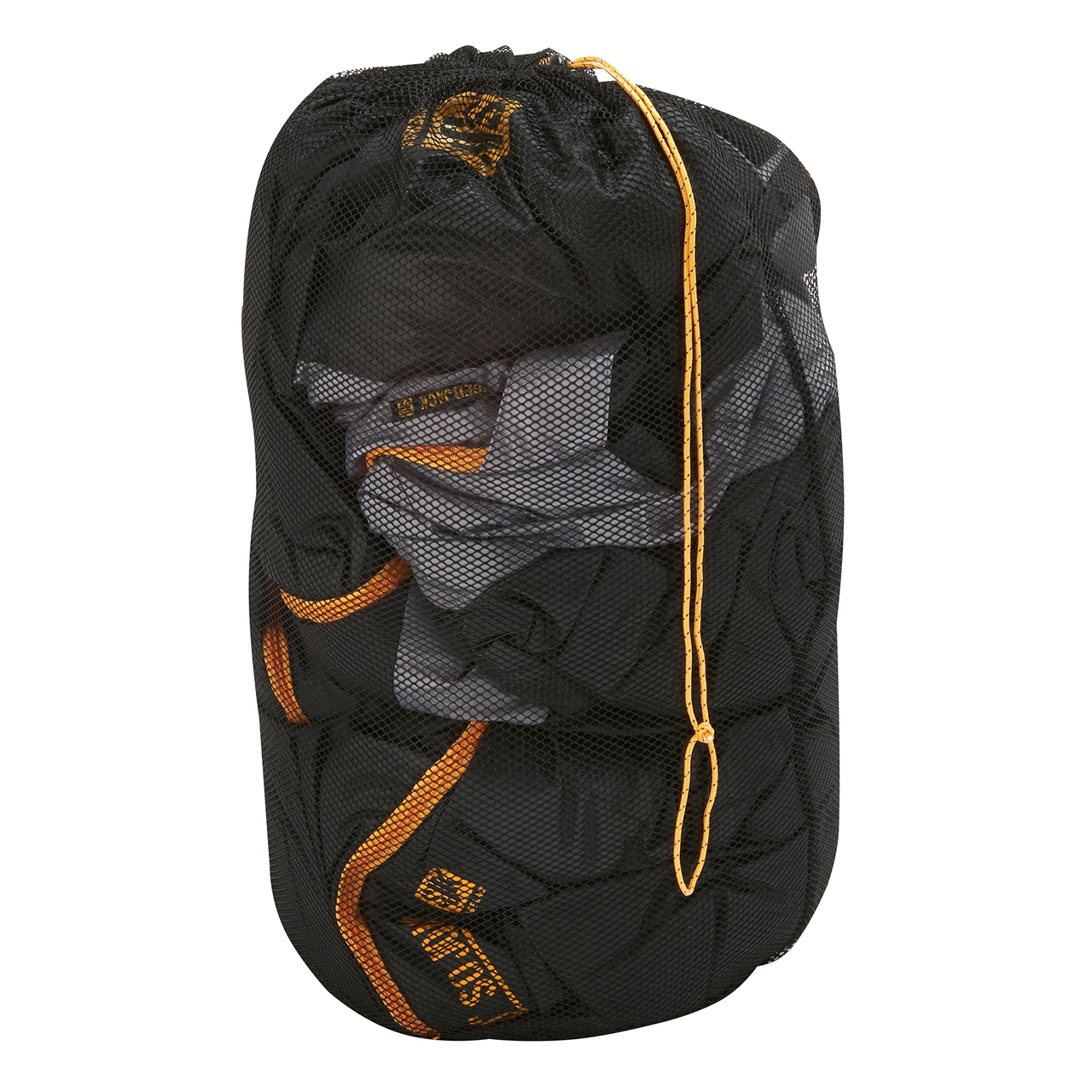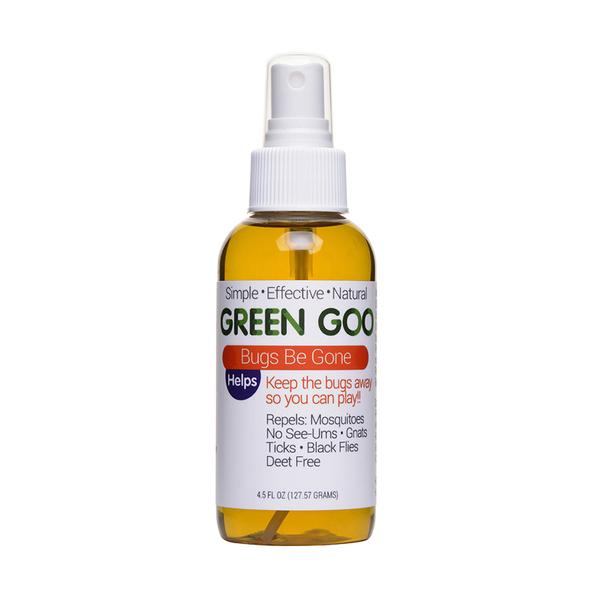Doing camping right -hacks for roughing it in the woods
As a parent who has not been outdoor camping since I was a Girl Scout decades ago, the experience was all-new to me when I enlisted to accompany 10 boys on a Cub Scout overnight in the Shenandoah National Park this fall. My crash course in roughing it in the woods taught me these hacks that might help other camping rookies on their adventures.
Arrive early
Reserve well in advance for those campsites that allow you to book online or by phone; but for those that operate on a first-come-first-booked basis, arrive early. Those in the know camp out at the gates hours before opening to get the best spots. If you are with a large number of people, there are often a limited number of group sites, and these are usually most in demand, so get there extra early if your posse wants to pitch tents close together.
First things first
Set up as soon as you land at your campsite. It might be tempting to explore or relax after your drive to arrive, but it’s easier to assemble a tent while you still have plenty of energy and daylight, and the warmth of sunshine. If anything is amiss, you have time before nightfall to deal with it.
It’s in the bag
Snoozing under the stars can be an all-nighter of tossing and turning or a cozy crash until morning, depending on your sleeping bag. Invest in a sleeping bag suited for the weather and your sleep preferences. I got a good night’s sleep in the Slumberjack Sojourn 20° Sleeping Bag (regular length $179), a warm mummy bag that has an “arms out” feature so you can free your arms to manage tasks without getting out of your bag. It also features a specially treated down filling that stays drier and loftier than common down or synthetic fillers, and the bag is constructed with a water resistant insulation technology and waterproof foot and hood panels in case of wet weather. If temperatures rise, you can vent the bag with dual zippers on the sides. The bag is lightweight so it is easy to carry on a hike, and it is rated for temperatures as low as 20 degrees — or you can opt for models designed for 0 degrees or 40 degrees.

If the bag fits
Your sound sleep will not only depend on the comfort of your bag but that of your pint-sized sleeping companions. Kid-sized bags are best for children because little ones stay snug and secure in them. Slumberjack’s Go-N-Grow ($69.95), rated for 1 to 30 degrees, comes in boys and girls colors and features an expandable foot section that lengthens the bag by 10 inches, so they can use it through the years as they grow. It has a snug hood and a two-layer construction to prevent cold spots and an anti-snag zipper for ease of in and out, and it has a built-in pocket in the hood to keep a pillow in place. Lastly, it weighs under three pounds, so they can carry their own bag just like a grown-up camper.

Freshen Up
Keep your bag fresh and ready for the next night. Especially if the weather is damp, spread out your bag somewhere sunny to dry completely. Down bags are light and compressible which makes them ideal for backpacking. The only problem with down is it loses it’s warm in damp or wet conditions. For maximum performance and warmth, choose a bag with a water-resistant down such as DriDown.
After the lugging
After the camping trip, extend the life of your sleeping bag by taking it out of the stuff sack and airing it out and making sure it is completely dry. Then put it in a breathable storage sack, such as a mesh sack. Stuff sacks are great to keep bags compact for backpacking or packing in your car, but constant compression will remove a lot of the loft from your insulation, and loft is what keeps you warm at night.

From the ground up
It’s a no brainer to choose a flat spot and clear the ground of rocks and sticks where you will set up your tent. Always use a ground tarp with your tent. It will help keep the interior of the tent drier and more comfortable while preventing sharp objects on the ground from punching holes in your tent’s floor. Minimalists may use a roll-up foam pad underneath their bag, but for newbies like myself, I recommend an inflatable pad or air mattress. If you are hiking in from a distance, a compact self-inflating pad will be easiest to tote. If you park close by and won’t have to haul your gear too far, then an air mattress is the way to go. Make sure you have an air pump that you can plug into your car. Airhead makes one affectionately called the “Air Pig” which attaches directly to your car batter, while the car is running, to blow up inflatables in minutes.
Pitch a fit
Arguably the most important gear of your camping trip will be your tent, so choose a size and model built to suit. Resist the urge to go big for the sake of it. Large tents may be impressive, but they will take more space and longer to set up, not to mention they are heavier to haul to the site. If there will be only two or three occupants, a two-person or three-person tent will be just right. The SJK Daybreak 3 Tent ($119) was the perfect and affordable tent for us. The simple pole configuration made for easy set up and allowed plenty of living space. It features a single, large mesh door for easy access to the outdoors, and the steep walls meant we didn’t have to sit hunched over inside. A full coverage fly keeps occupants and their gear dry and can be configured into a shaded porch area with trekking poles. If you’re camping where it’s dry and there is no rain in the forecast, you can leave the fly off for better ventilation and star gazing. See video here: https://www.youtube.com/watch?v=cmI0l-407bU
After camping in rainy conditions, dry your tent out completely before storing it for any extended period of time. This will keep mold and mildew from forming which can create unpleasant smells and shorten the lifespan of your tent.
Prevent uninvited guests
Campers must always take precautions to not attract bears and other wildlife by leaving food unattended, even for a few minutes; and of course, never feed wildlife. Clean up all traces of food before leaving your site or retiring for the night. This means even syrup spilled on table tops or bits of popcorn by the campfire. Other scented items like chewing gum, toothpaste and even cosmetics are also bear bait, so keep these out of reach of bears, such as in a locked car. Campsites often provide metal lockers with hidden handles, called bear boxes, or a bear pole with hangers and a pulley system so you can suspend items high above the ground where bears cannot climb.

Breaking bugs
While not as dangerous as bears but also pesky are biting and stinging insects, so bring bug spray and reapply as directed. Beware of bug sprays that contain strong chemicals that can be dangerous. Organic bug repellents can be safer, such as Bugs be Gone (4.5 oz., $11.95), made with herb infused Witch Hazel. For another barrier of protection, wear insect repellent clothing, such as long-sleeve shirts and pants that are triple protection against bugs, sunburn and poison plants.

A mosquito net is a must-have if you are sleeping under the stars; or if you are in a tent, keep your tent zipped up at all times, even when unoccupied, or else you may find spiders and their six-legged friends in your sleeping space. Just in case you do have a run-in with an unfriendly bug, make sure you have a first aid kit handy. Green Goo makes a line of first aid products using all-natural, therapeutic and nourishing ingredients in environmentally friendly tins and sticks for convenient packing and easy application.

Woodland style
The scout motto is, “Always be prepared,” so suit up appropriately for the weather. Invest in camping apparel built for comfort and function and quick-drying fabrics, like Craghoppers outdoor clothing with insect shield, SolarShied UPF protection. Dress in layers that you can easily peel off. Look for features like pants that convert to shorts, pockets with a built-in sunglasses wipe, and ventilation panels. Craghopper’s Nat Geo Response CompressLite jacket ($95) is the perfect outerwear for fickle fall weather. The jacket’s insulating hollow-fiber fill materials and outer ticking with ClimPlus technology make it warm yet breathable, and when not in use it is super light and compressible so that you can carry it in its handy stuff sack. It also features a grown-on hood, zippered pockets for all your goodies.
Treat yourself
The easiest and most convenient meals to prepare cooking outdoors are hotdogs, burgers, and beans, and of course s’mores are mandatory; but for a special treat that’s easy to prepare bring along a Dutch oven to whip up some yummy peach cobbler. Dump six cans of peaches in the bowl with the syrup drained from three of the cans. Layer on a box of yellow cake mix, then layer on pats of butter. Place the Dutch oven in the embers for about 40 minutes, or less if the pot is already hot. The results will be a steaming crumbly fruity mixture that can be served in a bowl for a tasty and satisfying treat around the campfire.

